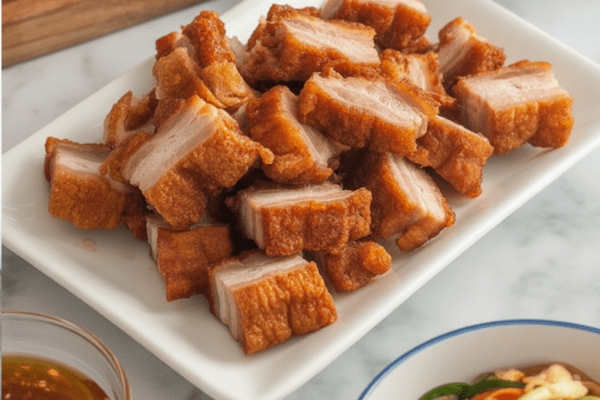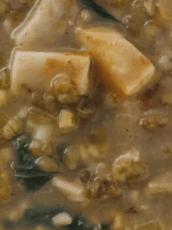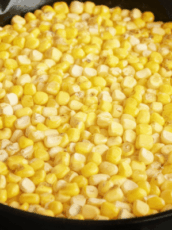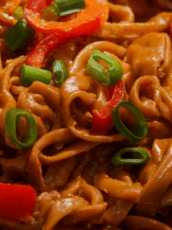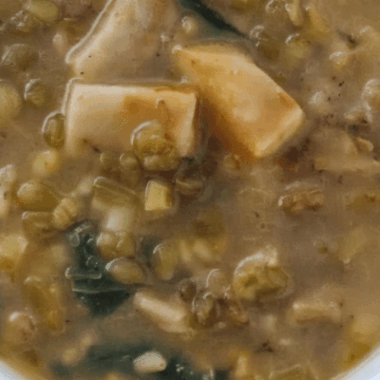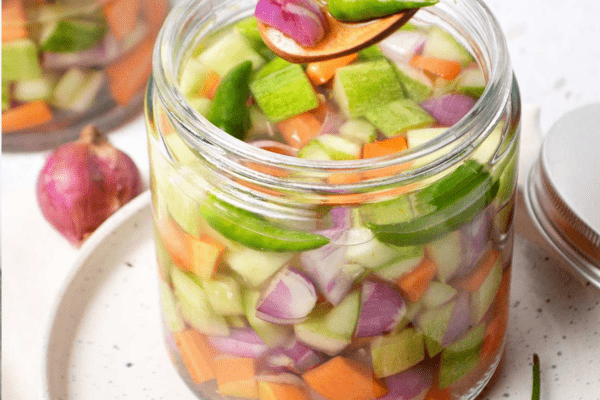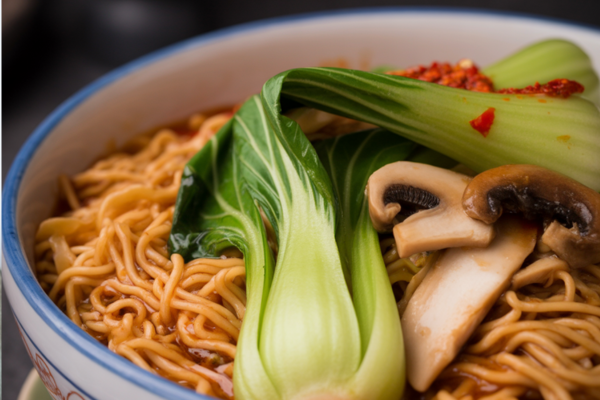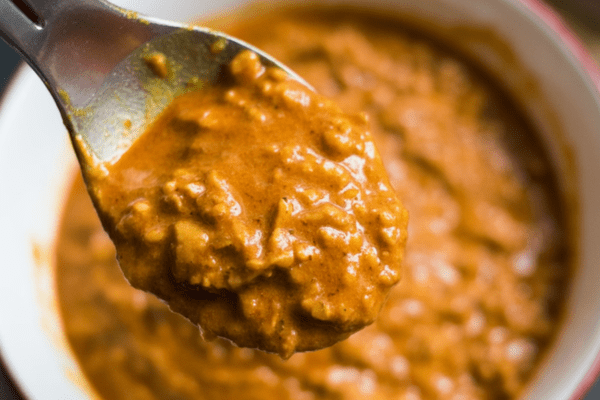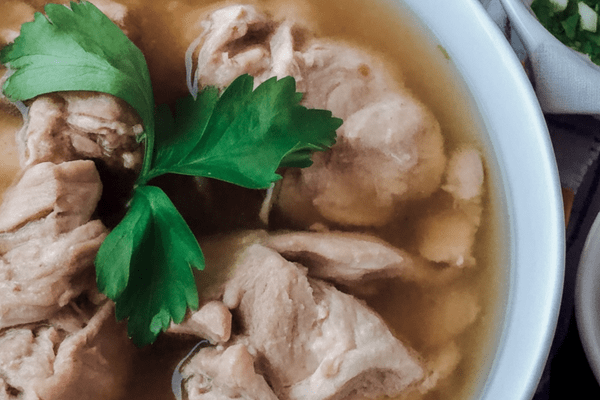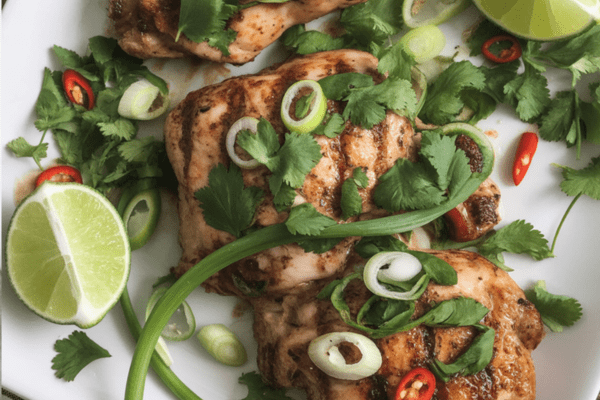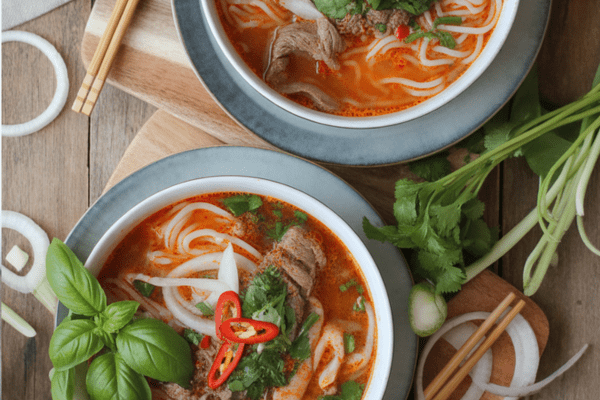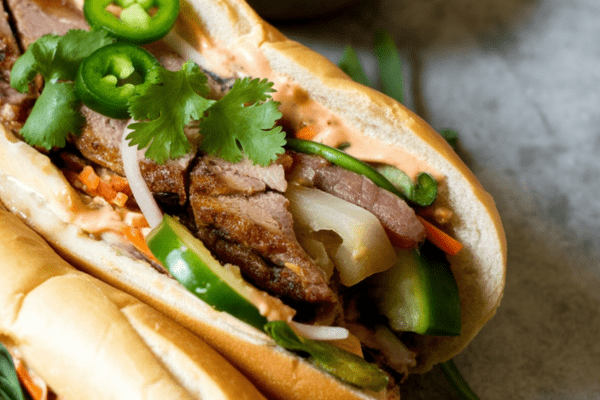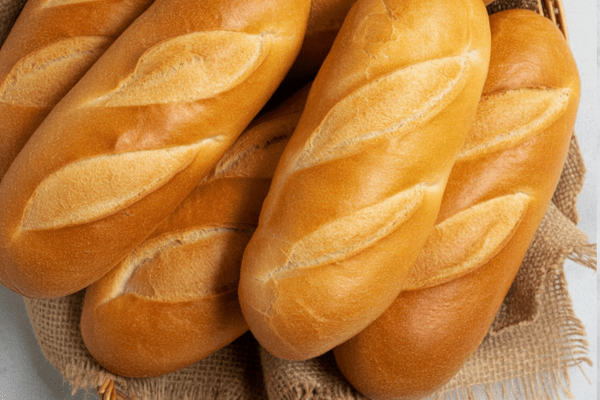There’s something deeply satisfying about a bowl of braised beef, garlicky fried rice, and clear, steaming broth. This is one of those meals that feels like a warm hug on a tired day. I don’t make beef pares all the time, but every time I do, I wonder why I waited so long.
Last week, I had a slab of brisket thawing in the fridge. I was all set to make nilagang baka for lunch. But when I checked my vegetable bin? No cabbage, no green beans, not even potatoes. Typical. I stared at that brisket, determined not to waste it.
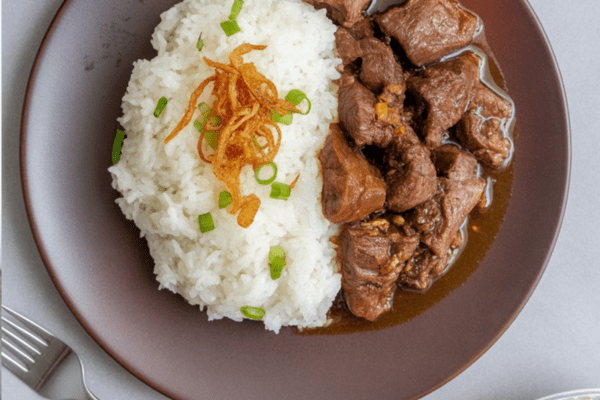
That’s when the idea of beef pares popped into my head. And let me tell you, it was the happiest accident. The whole family sat down to big spoons of tender beef with garlicky rice, plus slurps of clear broth on the side. It was a meal that made me want to sing its praises out loud.
It takes a little time on the stove, but the flavor payoff? Worth every minute.
Choosing the Right Cut of Beef
I usually go for brisket, simply because it holds up so well to long cooking. You get that soft, shreddable texture and rich flavor. But honestly? Don’t stress too much about it.
I’ve used short ribs, beef shanks, chuck roast, even round when that’s what I had on hand. The key is the slow simmer. Those tough, cheaper cuts transform into something that practically melts on the tongue. It’s the kind of meal that makes you respect the magic of low-and-slow cooking.
If you’re buying meat in bulk, this is a great recipe to use up those odds and ends from the freezer.
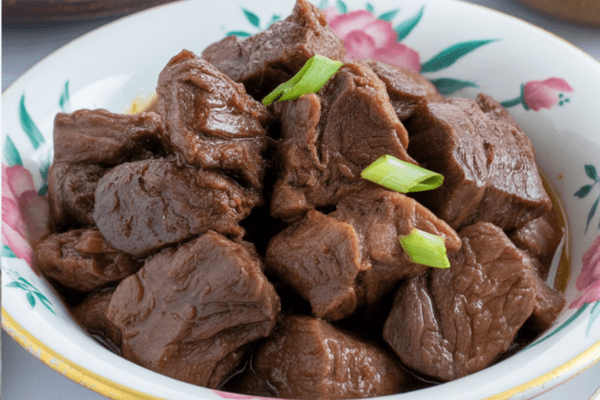
Step-by-Step: How I Cook It at Home
Here’s how I typically make beef pares on a weekend, with no fuss:
- Blanch the beef first. Just a quick 8–10 minute boil to get rid of scum and sediment. This step might feel like overkill, but it’s what keeps your broth beautifully clear. I learned this the hard way after one too many murky soups.
- Rinse and simmer. Fresh pot of water, aromatics like onion, garlic, bay leaf, a few peppercorns. Let it go low and gentle until the meat is tender enough to almost fall apart.
- Braise it in flavor. Once the beef is tender, I fish it out and simmer it again in a sauce of soy sauce, brown sugar, star anise. It’s got that subtle Chinese-style Asado vibe, which I absolutely love.
- Keep the broth on standby. I usually strain it through a fine sieve or cheesecloth if I’m feeling fancy, but even a simple skim works. I leave it on low heat so it’s piping hot at serving time.
- Don’t forget the rice. Cold, day-old rice is the secret to good sinangag. A hot wok, lots of minced garlic, a pinch of salt. It perfumes the whole kitchen.
This isn’t fast food cooking, but it’s real home cooking. The kind that makes your house smell amazing all afternoon.
Tips for Clear, Beautiful Broth
My broth used to always turn cloudy until I learned two things:
- Blanch the meat first. It flushes out all the impurities before the long simmer.
- Keep it at a gentle simmer, never a hard boil. Boiling churns up the fat and proteins, leaving you with a milky soup.
Now, when I ladle it into bowls, it’s almost see-through but still rich with flavor.
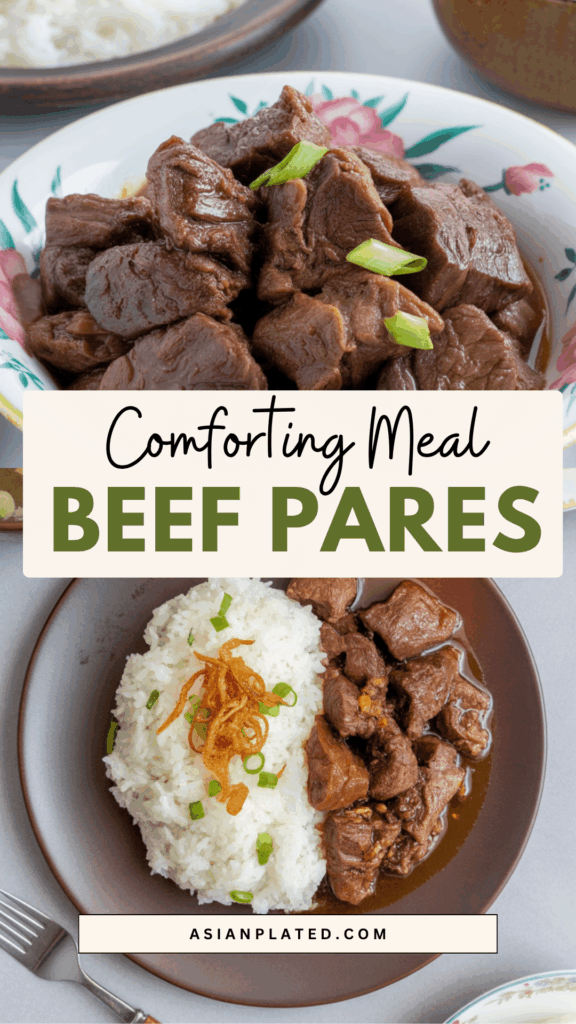
How I Like to Serve It
This is my favorite part.
I put the braised beef on a plate next to a big scoop of garlicky fried rice. Then I ladle the clear broth into a separate bowl. Sprinkle chopped green onions over everything.
And that’s it. You spoon a bit of beef and rice, then chase it with a gulp of broth. It’s filling but somehow not heavy, and it’s the kind of meal that makes you want to sit at the table just a little longer.
Sometimes I make this for Sunday lunch, so everyone can take their time. It always feels a bit special without being fussy.
Keeping Leftovers Fresh
If you’re lucky enough to have leftovers, here’s how I handle them:
- I store the braised beef, broth, and rice in separate containers. That way nothing gets soggy.
- In the fridge, they’ll be good for about three days.
- For longer storage, the beef and broth freeze well (up to two months). I don’t freeze the rice—it’s just not the same.
- To reheat, I usually go for a saucepan on medium heat, but the microwave works fine in a pinch. Aim for nice and hot, about 165 F.
Honestly, leftovers might be even better the next day. The flavors settle in and deepen.
Beef Pares

There’s nothing quite like a warm bowl of Beef Pares to bring comfort on a chilly day.
Ingredients
For the Broth
- 2 lbs beef brisket, cut into 1½-inch cubes
- 6 cups water
- 4 cloves garlic, smashed
- 1 onion, quartered
- 1 tbsp salt (plus more to taste)
- 2 bay leaves
- 1 tsp whole peppercorns
- Chopped green onions (for garnish)
- Ground black pepper (to taste)
For the Braised Beef (Asado)
- 1 tbsp canola oil
- 1 onion, chopped
- 3 cloves garlic, minced
- 1 thumb-sized piece of ginger, julienned
- ¼ cup soy sauce
- ¼ cup brown sugar
- 2 star anise
- 1 cup reserved beef broth
- Salt and pepper, to taste
For the Garlic Fried Rice
- 4 cups cooked rice, preferably day-old
- 5 garlic cloves, minced
- ¼ cup canola oil
- Salt and pepper, to taste
Instructions
Prepare the Broth
- Start by blanching the beef. In a large pot, cover the brisket with water and bring it to a boil. Let it cook for 8–10 minutes, skimming off any foam or impurities. Drain the meat and rinse under cold water to keep the broth clear.
- Refill the pot with 6 cups of fresh water and return the beef. Add smashed garlic, onion quarters, bay leaves, peppercorns, and salt.
- Bring it to a boil again, then lower the heat. Let it simmer gently, partially covered, for about 2 to 2½ hours or until the beef is fork-tender. Skim off any scum that rises during cooking.
- Once done, separate the beef and reserve at least a cup of the broth for the braised beef. Keep the remaining broth warm on the stove.
Make the Beef Asado
- In a skillet, heat oil over medium heat. Sauté onions, garlic, and ginger until fragrant and lightly golden.
- Add the cooked beef and sear briefly, about 2–3 minutes, to develop flavor.
- In a small bowl, mix the reserved broth with soy sauce and brown sugar. Stir until the sugar dissolves, then pour the mixture into the skillet with the beef.
- Toss in the star anise and simmer until the sauce thickens slightly and clings to the beef, around 8–10 minutes. Season with salt and pepper to taste.
Cook the Garlic Fried Rice
- Break up any clumps in the cold rice to ensure even frying.
- Heat oil in a wide pan over low heat. Add minced garlic and cook slowly, stirring now and then, until golden and crisp. Remove with a slotted spoon and set aside.
- Pour out excess oil, leaving about 2 tablespoons in the pan. Increase heat to high.
- Add rice and press it flat onto the pan. Let it sizzle briefly before tossing. Repeat a few times until hot and toasty.
- Season with salt, pepper, and toss back in the crispy garlic.
Nutrition Information:
Yield: 4 Serving Size: 1Amount Per Serving: Calories: 1113Total Fat: 60gSaturated Fat: 18gTrans Fat: 0gUnsaturated Fat: 36gCholesterol: 240mgSodium: 3123mgCarbohydrates: 67gFiber: 2gSugar: 14gProtein: 73g
Asianplated.com, occasionally offers nutritional information for recipes contained on this site. This information is provided as a courtesy and is an estimate only. This information comes from online calculators. Although allchickenrecipes.com attempts to provide accurate nutritional information, these figures are only estimates.
More Beef Ideas for the Table
I’m always on the lookout for ways to stretch beef into comforting meals. If you enjoy this, you’ll probably love:
- Beef nilaga for a clear, vegetable-heavy soup.
- A simple beef stew with carrots and potatoes for chillier nights.
- Even a spicy beef curry when I want to wake up the tastebuds.
Beef pares is just one of those classics that never goes out of style in my kitchen. It’s humble, deeply flavorful, and perfect for gathering the family around the table.
Try other Filipino recipes:

